Californians are facing water restrictions intended to reduce the burden of droughts.
The restrictions are unlike any that Californians have faced before. The restrictions are intended to last indefinitely rather than for limited periods.
Measures Still Await Final Approval

The regulations will not take effect immediately, as they still require approval from the Office of Administrative Law.
Once approved, the new rules will come into effect on January 1 of next year.
More Consistency in Restrictions

The permanent reductions are intended to reduce the on-off nature of water restrictions, such as emergency measures taken during droughts.
California’s State Water Resources Control Board intends to improve the water-resilience and efficiency of the state.
Across the State
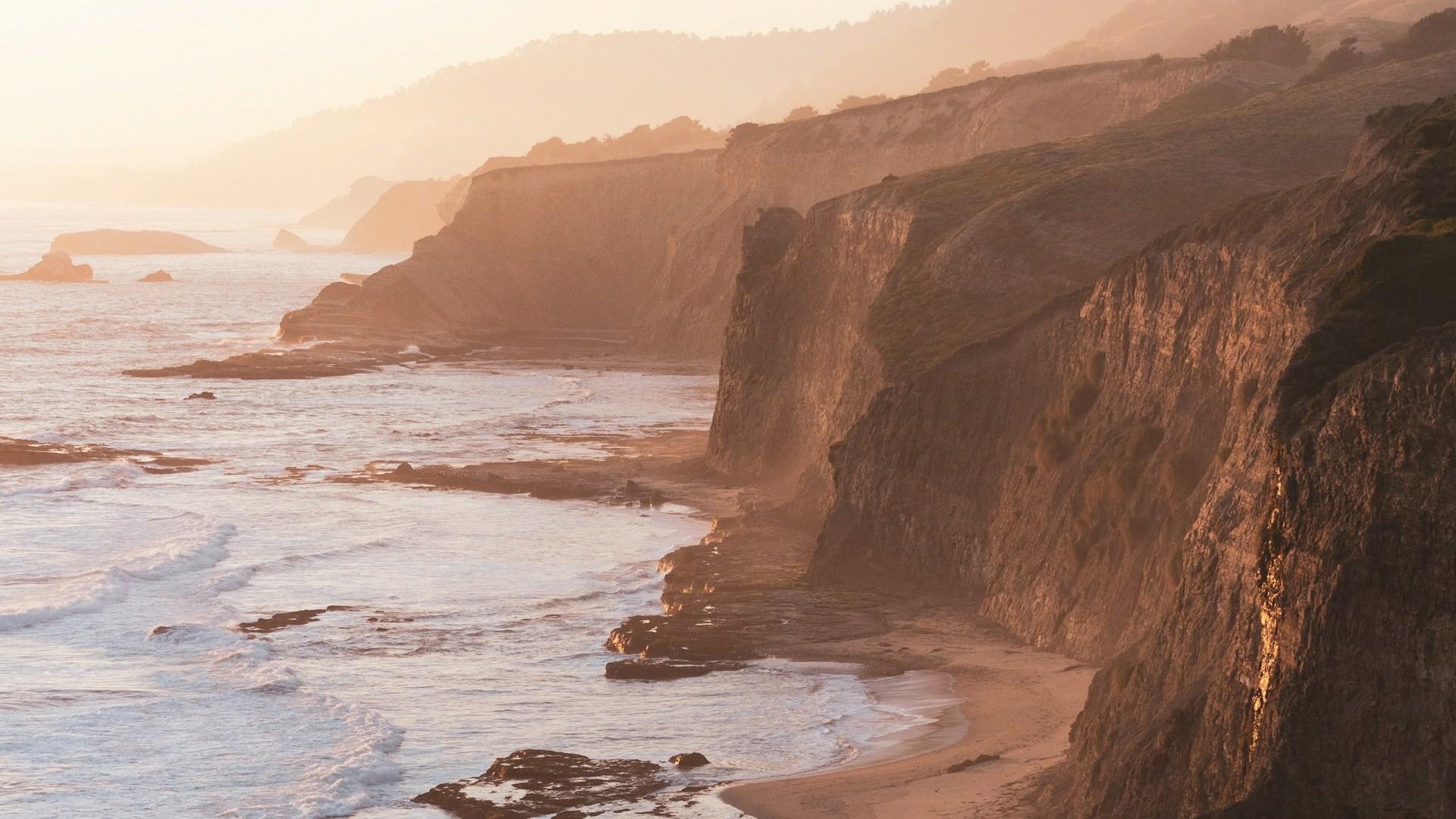
The restrictions will hit Californians universally, with permanent reductions applying state-wide.
However, the percentage reduction will not be universal, with different regions experiencing different percentage reductions as per the regulations.
Old Legislation Coming Through

The rules are a result of the State Water Board having been asked to look for ways of managing urban water use way back in 2018.
The original legislation was put forward by former governor Jerry Brown.
The New Rules

Water suppliers, rather than the consumers, will be expected to reduce their water usage over time.
This amounts to just under 30% on average, with breaches potentially resulting in fines of up to $10000.
Different Regions Facing Different Restrictions

Different Californian regions will face different percentage reductions in water usage, with some percentage reductions far higher for certain areas in comparison with others.
The cuts will be determined by a formula that takes into considerations such factors as past consumption, climate and land usage.
Too Slow?
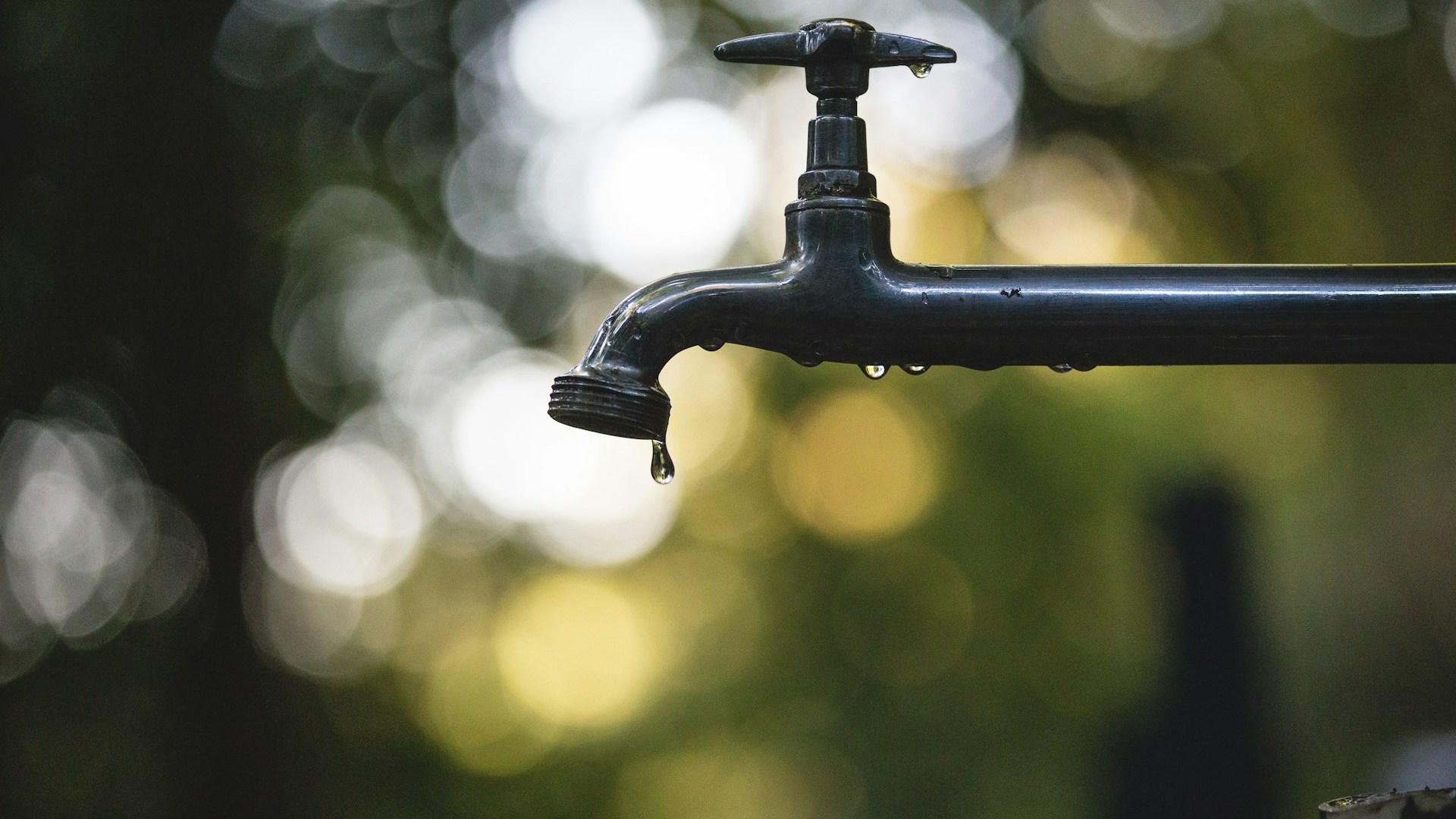
Although some areas face significant reductions, the policy has been criticized as being too gradual.
Richard M Frank, professor of Environmental Practice at the University of California, said, to Newsweek: “Many of the necessary conservation measures could and should be implemented more rapidly.”
Areas Facing Biggest Cuts
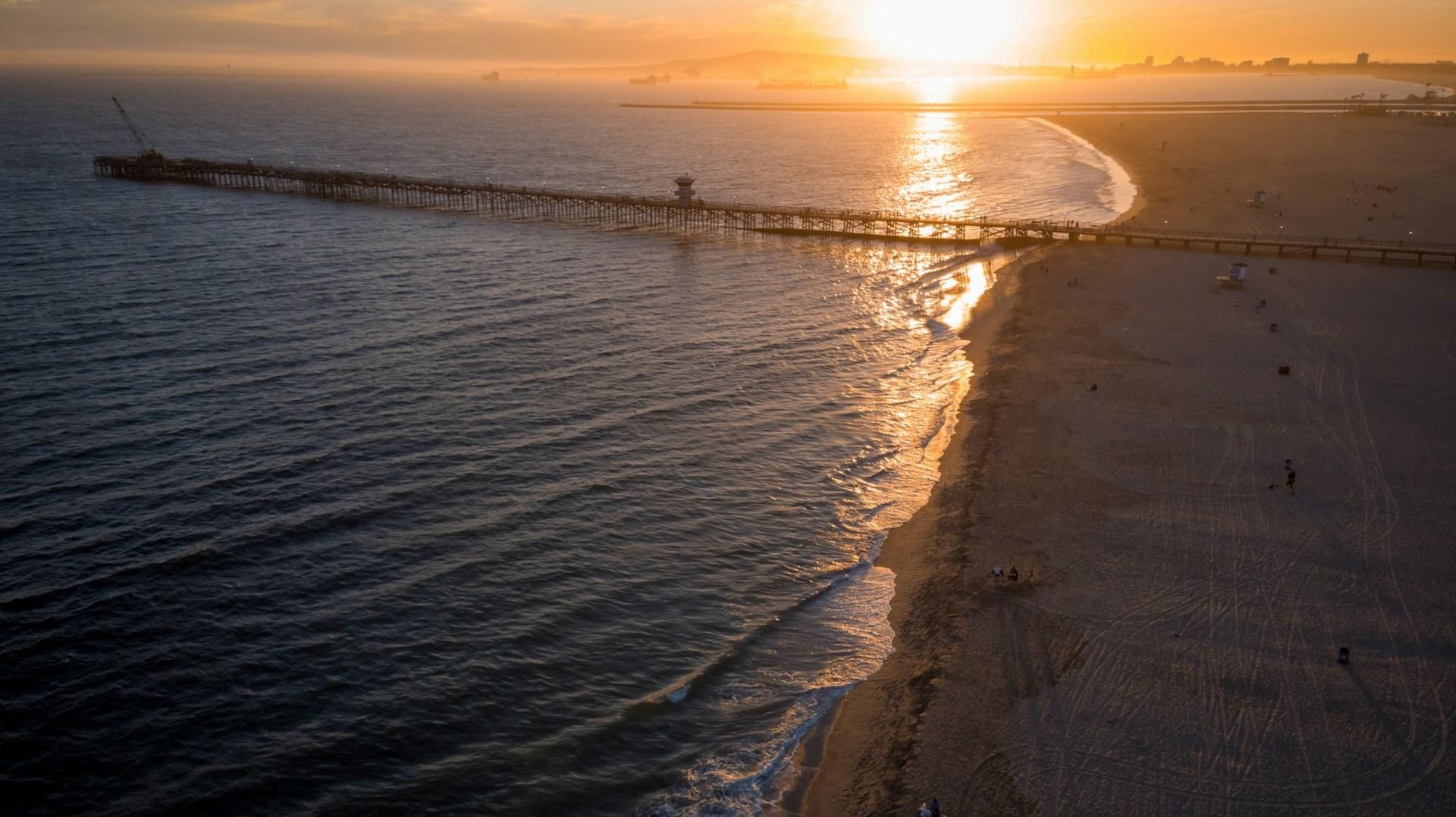
Some areas will face cuts as small as 1%, but some areas are expected to face more serious regulation of water consumption.
According to early data from the board, South Coast, San Joaquin Valley, and Tulare Lake must all ask their water suppliers to reduce water delivery by more than 30%.
Ultimate Onus

All of this means that the pressure is ultimately on suppliers, rather than consumers, to reduce water usage across California or face fines.
However, this is likely to have indirect knock-on effects on residents, who may face higher rates and water restrictions passed on by their suppliers.
California’s Historic Drought Water Restrictions
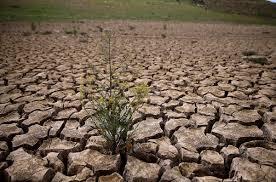
California implemented unprecedented water restrictions in 2015 due to severe drought. Governor Jerry Brown mandated a 25% reduction in urban water usage statewide.
The restrictions affected nearly 40 million residents and resulted in significant water conservation efforts. Did you know? During this period, some Californians painted their lawns green to maintain appearances while complying with water use restrictions.
Cape Cod’s PFAS Contamination Water Ban
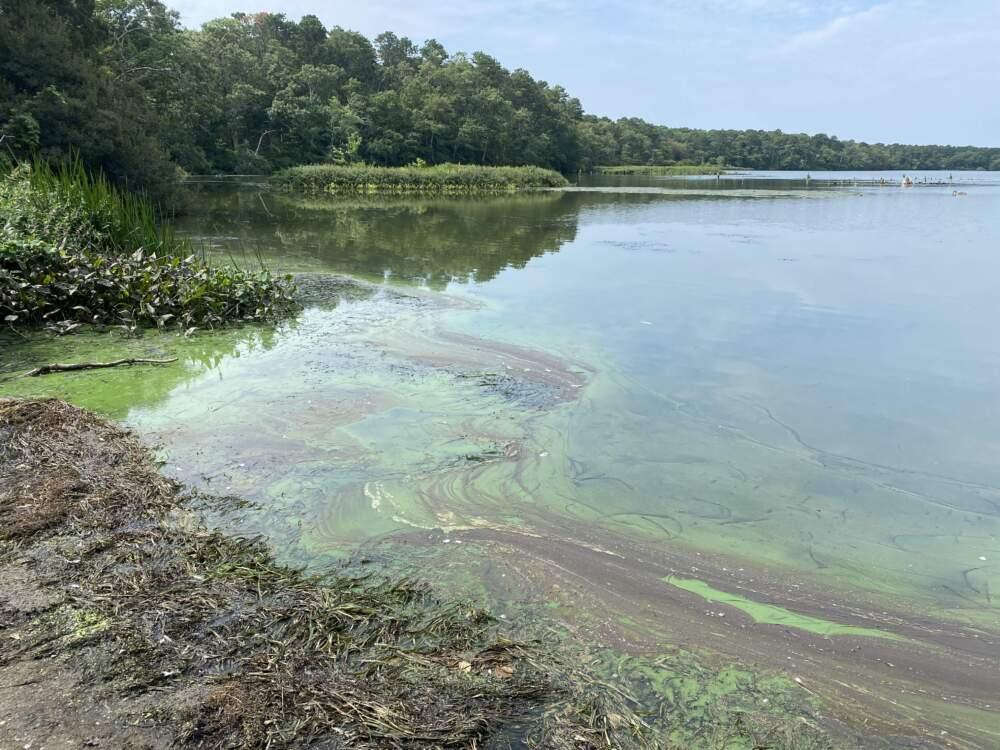
In 2019, Barnstable County, Massachusetts, banned the use of public water due to PFAS contamination. This affected over 200,000 residents on Cape Cod. The ban highlighted the growing concern over per- and polyfluoroalkyl substances (PFAS) in drinking water supplies.
Did you know? PFAS are often called “forever chemicals” because they don’t break down in the environment or the human body.
Flint Michigan’s Lead Contamination Crisis
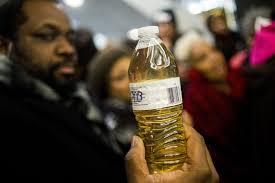
Flint, Michigan, faced a severe water crisis beginning in 2014. Officials banned the use of tap water due to lead contamination. The crisis affected over 100,000 residents and led to a state of emergency declaration.
Did you know? The Flint water crisis resulted in criminal charges against several state officials and a $626 million settlement for affected residents.
Arizona’s Colorado River Water Cuts
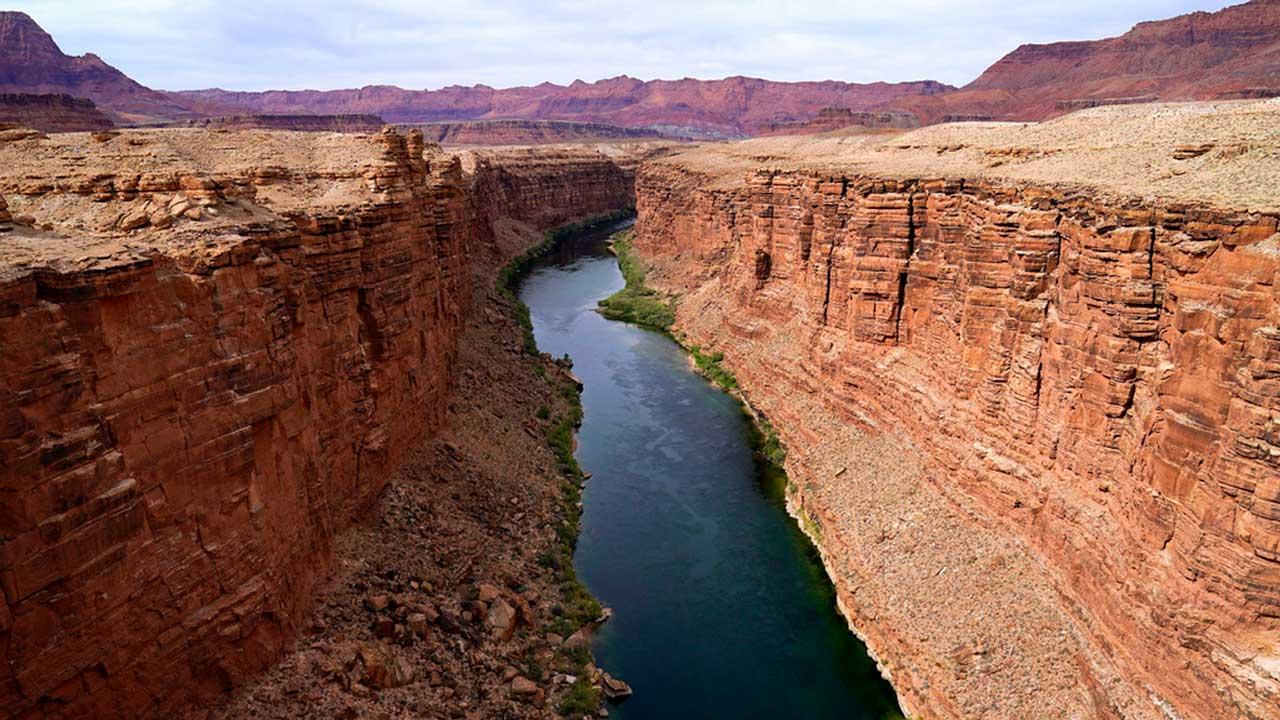
Arizona implemented water cuts from the Colorado River in 2022. The restrictions aimed to conserve water in Lake Mead, which had reached critically low levels.
These cuts primarily affected agricultural users and some municipal water supplies. Did you know? The Colorado River Compact, which governs water allocation, was signed in 1922 during an unusually wet period, leading to overestimation of available water resources.
Texas Winter Storm Water Shortages
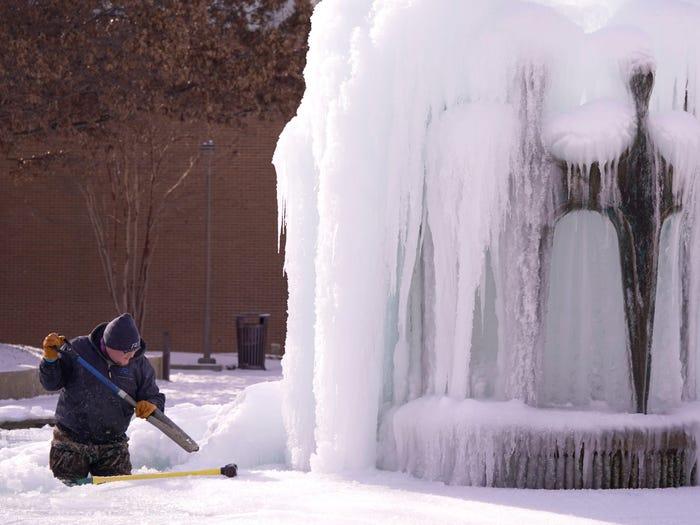
Texas faced widespread water bans during the February 2021 winter storm. Freezing temperatures caused pipes to burst, leading to water shortages and contamination.
Nearly 15 million Texans were under boil water notices at the peak of the crisis. Did you know? The 2021 Texas power crisis resulted in the largest forced power outage in U.S. history, contributing significantly to the water issues.


